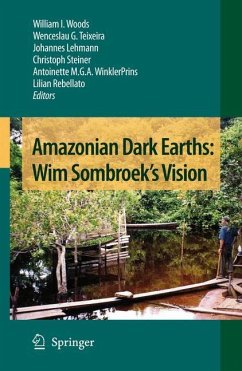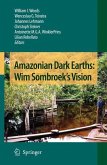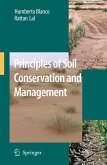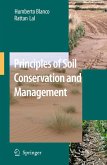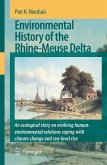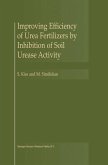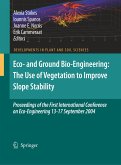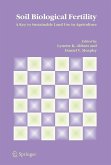Amazonian soils are almost universally thought of as extremely forbidding. However, it is now clear that complex societies with large, sedentary populations were present for over a millennium before European contact. Associated with these are tracts of anomalously fertile, dark soils termed 'terra preta' or dark earths. These soils are presently an important agricultural resource within Amazonia and provide a model for developing long-term future sustainability of food production in tropical environments. The late Dutch soil scientist Wim Sombroek (1934-2003) was instrumental in bringing the significance of these soils to the attention of the world over four decades ago.
Wim saw not only the possibilities of improving the lives of small holders throughout the world with simple carbon based soil technologies, but was an early proponent of the positive synergies also achieved in regards to carbon sequestration and global climatic change abatement. Wim's vision was to form a multidisciplinary group whose members maintained the ideal of open collaboration toward the attainment of shared goals. Always encouraged and often shaped by Wim, this free association of international scholars termed the "Terra Preta Nova" Group came together in 2001 and has flourished. This effort has been defined by enormous productivity. Wim who is never far from any of our minds and hearts, would have loved to share the great experience of seeing the fruits of his vision as demonstrated in this volume.
Wim saw not only the possibilities of improving the lives of small holders throughout the world with simple carbon based soil technologies, but was an early proponent of the positive synergies also achieved in regards to carbon sequestration and global climatic change abatement. Wim's vision was to form a multidisciplinary group whose members maintained the ideal of open collaboration toward the attainment of shared goals. Always encouraged and often shaped by Wim, this free association of international scholars termed the "Terra Preta Nova" Group came together in 2001 and has flourished. This effort has been defined by enormous productivity. Wim who is never far from any of our minds and hearts, would have loved to share the great experience of seeing the fruits of his vision as demonstrated in this volume.
From the reviews:
"Amazonian Dark Earths: Wim Sombroek's Vision is a wonderful account of the history and science of anthropogenic soils. ... Amazonian Dark Earths: Wim Sombroek's Vision is a landmark book. ... Amazonian Dark Earths: Wim Sombroek's Vision is a must read for students and scholars of landscape geography." (Mike Dubrasich, Western Institute for Study of the Environment, February, 2009)
"This new volume ... provides an excellent reference and point of entry for readers seeking a substantive, multidisciplinary overview of the state of knowledge on ADE. ... Chapter formats are consistent throughout the volume, and most chapters are well illustrated with black and white maps, graphs, and photos. ... It will be valuable for those working with Amazonian Dark Earths or related soils and to readers, from a wide range of academic disciplines, with an interest in Wim Sombroek's legacy." (Carol Harden, Vadose Zone Journal, Vol. 9, 2010)
"Amazonian Dark Earths: Wim Sombroek's Vision is a wonderful account of the history and science of anthropogenic soils. ... Amazonian Dark Earths: Wim Sombroek's Vision is a landmark book. ... Amazonian Dark Earths: Wim Sombroek's Vision is a must read for students and scholars of landscape geography." (Mike Dubrasich, Western Institute for Study of the Environment, February, 2009)
"This new volume ... provides an excellent reference and point of entry for readers seeking a substantive, multidisciplinary overview of the state of knowledge on ADE. ... Chapter formats are consistent throughout the volume, and most chapters are well illustrated with black and white maps, graphs, and photos. ... It will be valuable for those working with Amazonian Dark Earths or related soils and to readers, from a wide range of academic disciplines, with an interest in Wim Sombroek's legacy." (Carol Harden, Vadose Zone Journal, Vol. 9, 2010)

